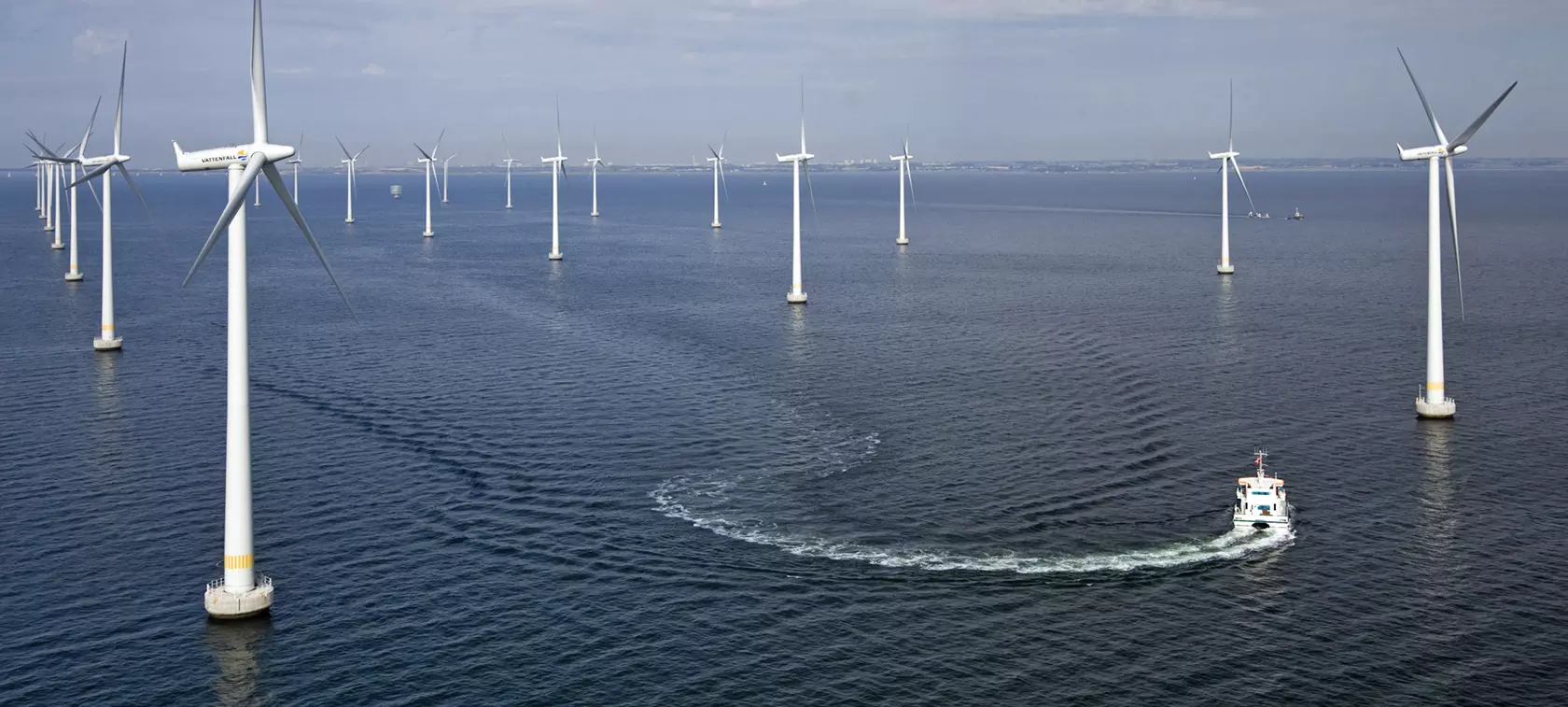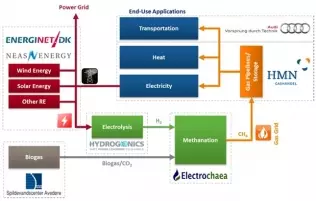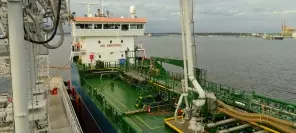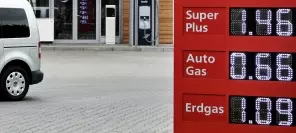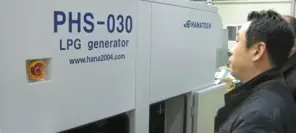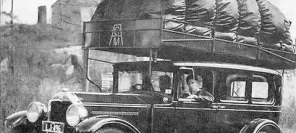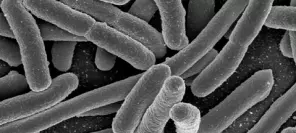- Main page
- Search
- Up to date
- Products
- Technology
- Vehicles
- Video
- Conversion Payback Simulator
Port Injection - Conversion Payback Simulator
Direct Injection - Conversion Payback Simulator
Diesel - Newsletter
Wind-generated methane
 loading results...
loading results...The BioCat project is about producing hydrogen from wind-generated electricity (which, incidentally, is a very popular way of producing electric energy in Denmark). The hydrogen will subsequently be used to convert biogas sourced from wastewater sediments into pure methane. Complicated as it may seem, it's actually quite productive.
The BioCat initiative has received a 27,6 mln DKK (3,7 mln euro) grant to boost its implementation. The money came from ForskEL – an initiative supporting sustainable ways of producing and harnessing electric energy. The consortium behing BioCat is headed by the company Electrochaea – provider of manufacturing methane from surplus electricity technology – and includes another company, Energinet (Danish natural gas grid operator). Its partners include Hydrogenics, Audi, NEAS Energy, HMN Gashandal, Spildevandscenter Avedøre and Insero Business Services.
We finally made the link between Denmark's abundant wind energy and the production of environmentally friendly gas for the Danish people. Integrated planning is an essential piece when we have to divert energy systems and phase out coal, oil and natural gas in the long term.
Kim Behnke, Research and Environmental Manager at Energinet
Hydrogenics, a Canadian company from the hydrogen technology field, will install a 1 MW water electrolysis device at one of Denmark's major water treatment facilities (Spildevandscenter Avedøre). Using excess power in off-peak periods (e. g. at night) it will produce hydrogen, which will then be combined with carbon dioxide from raw biogas. Later still a separate microorganism-based bioreactor will be employed to produce methane in a catalytic reaction. The methane will be distributed through the natural gas grid. The byproducts of the entire process, i. e. oxygen and heat, will be used for wastewater treatment.
